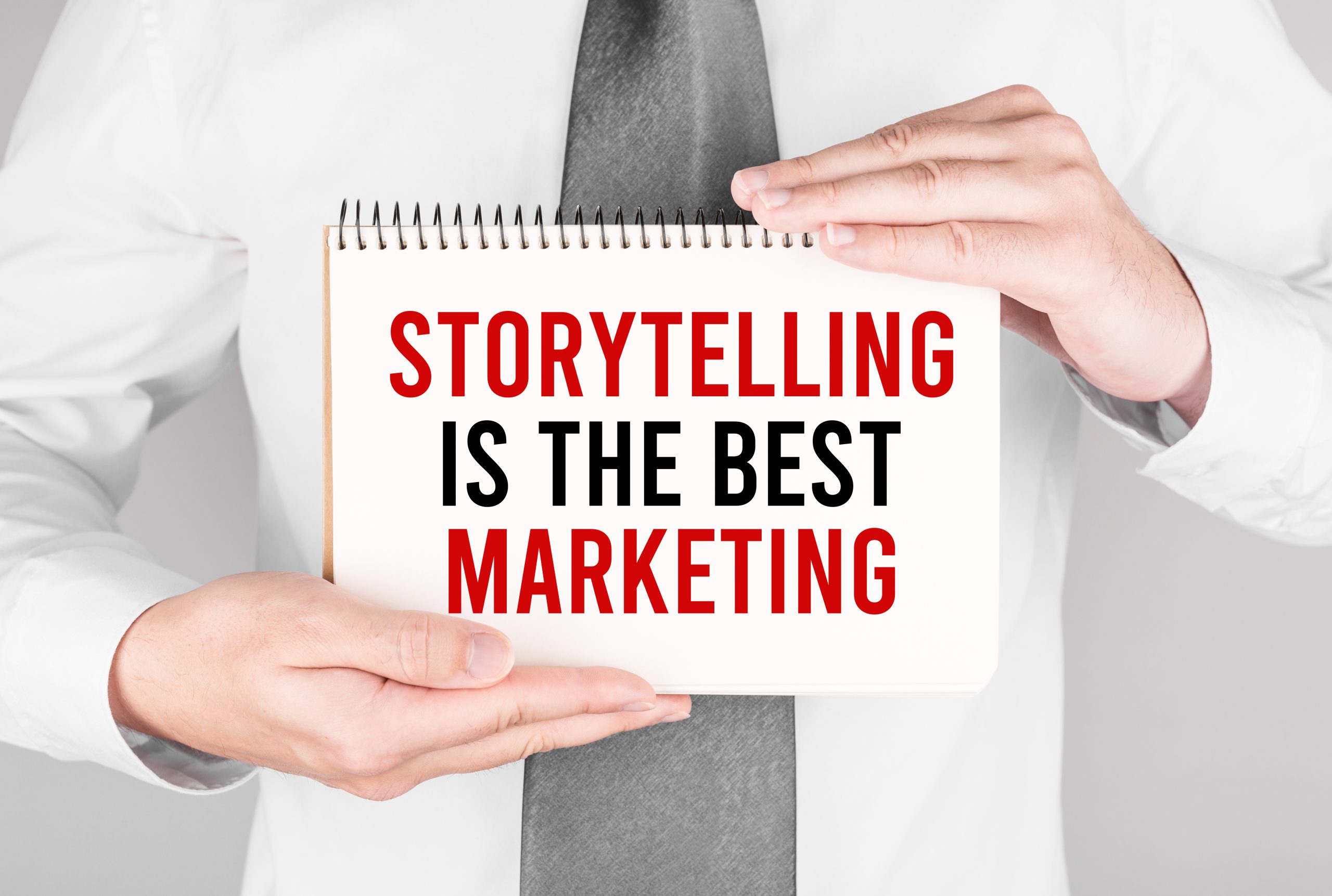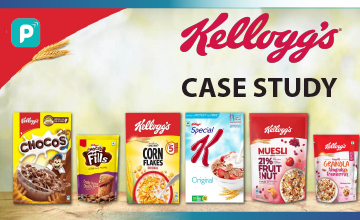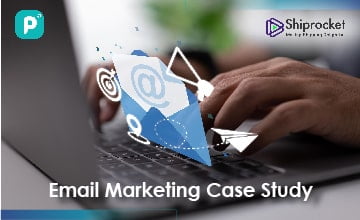In this digital era, every marketer is busy curating a strategy that attracts the target audience and generates a lead. The usual plan is to find out what troubles your customers, show them how great your product is, and try to get them to use it by giving discounts and having sales. This plan is good to get people interested in buying. But if you want them to keep buying and like your product, you have to make friends with them. That’s where storytelling helps. Storytelling helps marketers encourage and convince their audience to do something while also becoming friends with them. And, just like with other ways of marketing, making people trust you is very important in email marketing. By using stories to make people trust you and feel connected to you, they will look forward to your emails. This will make more people open your emails, click on the things inside, and actually buy products. In this blog, we will understand how storytelling helps in email marketing campaigns and the best practices.
Why is Storytelling Important
Marketing through storytelling means using a story to link your brand or product with customers. The goal is to make customers feel something and encourage them to do something specific. Some stories are real, while others are made up to better convey the marketing message.

Stories can be shared through writing, videos, images, or spoken through podcasts. Regardless of the form, storytelling is something people do all over the world, no matter their culture or language. By using storytelling, marketers can make content and ads that stick in customers’ minds and have a strong impact.
Let’s understand how is storytelling beneficial in email marketing:
Capturing your Audience
Getting your audience’s attention with an interesting story means using the power of storytelling to engage the people you send emails to. Since there are so many emails around, it’s really important to find ways to be different and make sure your message is noticed.
A good story does this by drawing your audience in and making them want to read more. When you create a story that is exciting and relates to your brand, you can make your audience curious and keep them interested all the way from the subject line to when you ask them to do something.
Building Brand’s Identity & Trust
When there are many similar brands, it’s hard to make yours stand out. But telling stories can be a special way to make your brand different and memorable. When you use storytelling in your email marketing, you can show what your brand cares about, its character, and its goals in a way that means something to your readers.
Storytelling also helps create a strong emotional link with your readers, so they’ll remember your brand and want to stick with it. When you make your brand different through storytelling, you’ll get more people to recognize it, build a deeper bond with your customers, and end up selling more.
Showcasing the Value of Products
Using storytelling to talk about how great your product or service is means telling a story to explain why it’s really useful or good. Instead of just listing the things it can do, storytelling makes those things come alive in a more interesting and convincing way.
When they tell this story, it makes the app’s benefits much more interesting and believable. Storytelling helps people imagine in their minds why your product or service is valuable. When your audience feels a connection to your brand, they’ll understand why it matters to them, which can lead to more people buying and becoming loyal customers.
Fostering Long-term Relationships
Building emotional connections with your audience means making them feel a strong bond and trust with you through your emails. Storytelling is a great way to do this because it lets you touch their feelings and create a more friendly and interesting experience. When you tell stories that your readers can understand and relate to, it makes them feel closer to you and makes your brand more unforgettable.
When you make these emotional connections, you not only make it more likely for people to buy from you, but you also make a group of loyal customers who feel like they have a special relationship with your product or brand.
Enhancing Customer Engagement
People see a lot of ads every day. Because companies and advertisers are being very pushy with their ads, people are choosing to ignore them on purpose. But the stories are different. They’re really good at catching people’s attention, even if it’s just for a short moment. If your story is interesting and makes people feel something, it can make them want to connect with you.
When people feel a connection to what you’re sharing, whether it’s in an email, article, or ad, they’re more likely to do what you want them to do.
Measuring the Impact of Storytelling
You will understand how storytelling affects your email marketing success by checking things like how many people open your emails, how many click on links, how many actually buy something, and how much money you make. This helps you figure out if using stories in your emails is working well with your audience.

When you measure how storytelling affects your emails, you can find ways to do it even better, make your emails work better, and understand what your audience likes. This helps you send emails that are more targeted and effective in the future.
So, by checking how storytelling impacts your email marketing success, you can learn things that will help you reach your goals, make your business grow, and serve your audience even better.
Hacks for Effective Storytelling
Businesses have various best practices for introducing storytelling into their email marketing campaigns. Some of them are:
- Have a clear goal: Before you start writing, know what you want to achieve with your email. It could be selling something, making people aware of your brand, or creating a sense of belonging. This will help you pick the right story and write a message that connects with your readers.
- Keep it short: Even though stories are interesting, remember that people might not have a lot of time. Keep your emails brief and focused on one story that gets your message across.
- Make it about them: To make your story matter to your readers, choose something that they care about. Think about what interests them, what they need, and what they like. Then, pick a story that talks about those things.
- Add pictures or videos: Using images or videos can make your story more memorable and enjoyable for your readers.
- Talk like a friend: Emails are personal, so it’s good to write like you’re talking to a friend. Being friendly and approachable helps your story feel real and helps you connect with your readers.
By using these tips, you can tell stories in your emails that are interesting and effective. This will help you connect with your readers and reach your goals in email marketing.
Summary
In conclusion, storytelling in email marketing is a powerful tool that can transform how you connect with your audience. It goes beyond traditional advertising and allows you to forge genuine emotional connections. By weaving compelling narratives, you not only make your emails more memorable but also stand out in a crowded digital landscape. This approach doesn’t just showcase your products or services; it creates a sense of belonging and community around your brand.
Ultimately, embracing storytelling in your email campaigns is a surefire way to leave a lasting impact, differentiate your brand, and foster stronger relationships with your subscribers. So, don’t miss out on the incredible potential that storytelling holds for your email marketing success. Start crafting narratives that resonate and watch as your engagement rates soar.
Embrace your creativity as you shape a customized email marketing strategy designed to captivate your desired audience. Explore our website for further insights on elevating your brand visibility!
All images belong to their respective owners. Please email [email protected] if removal is required.




